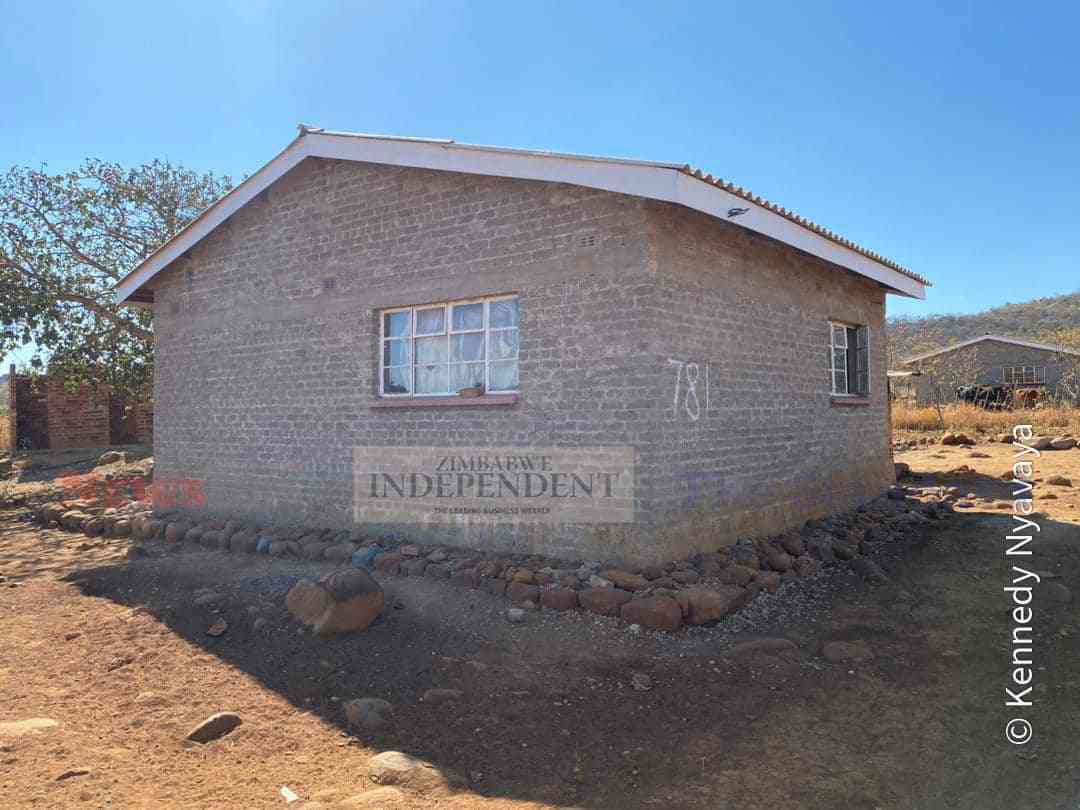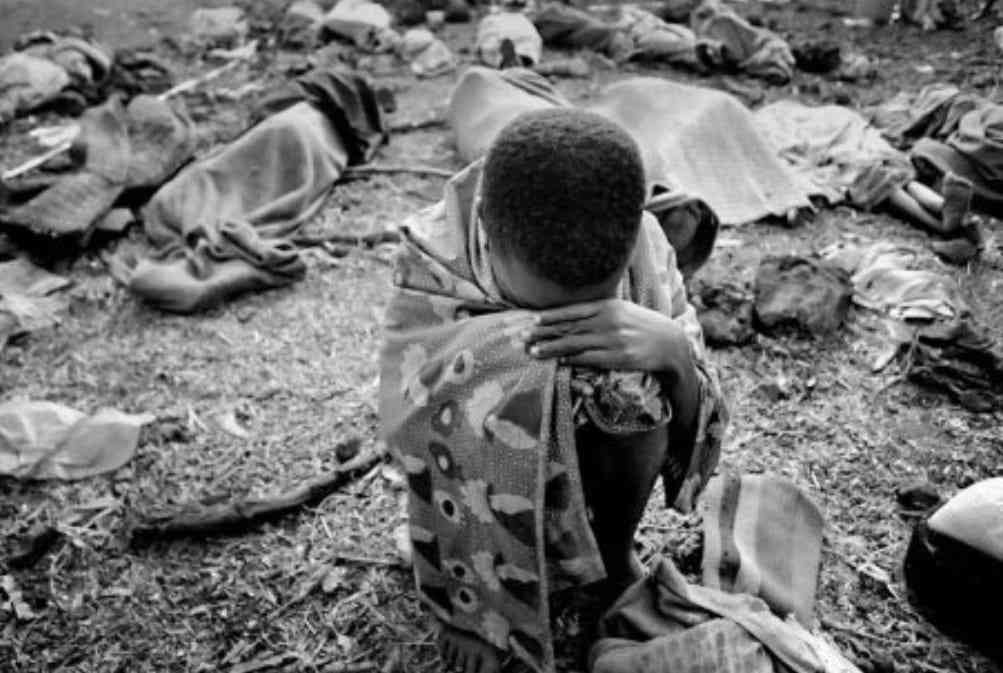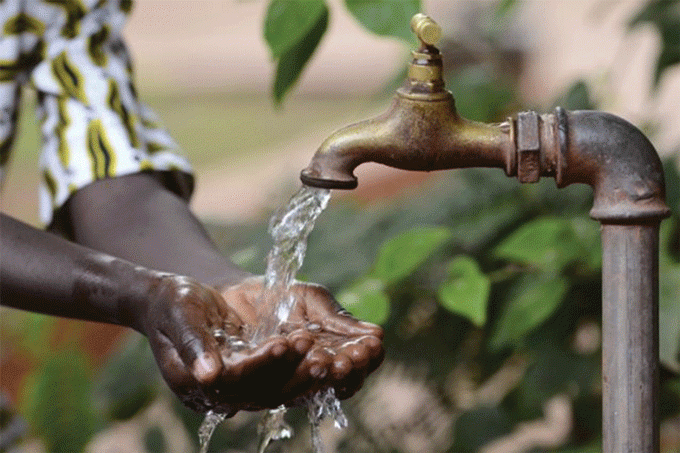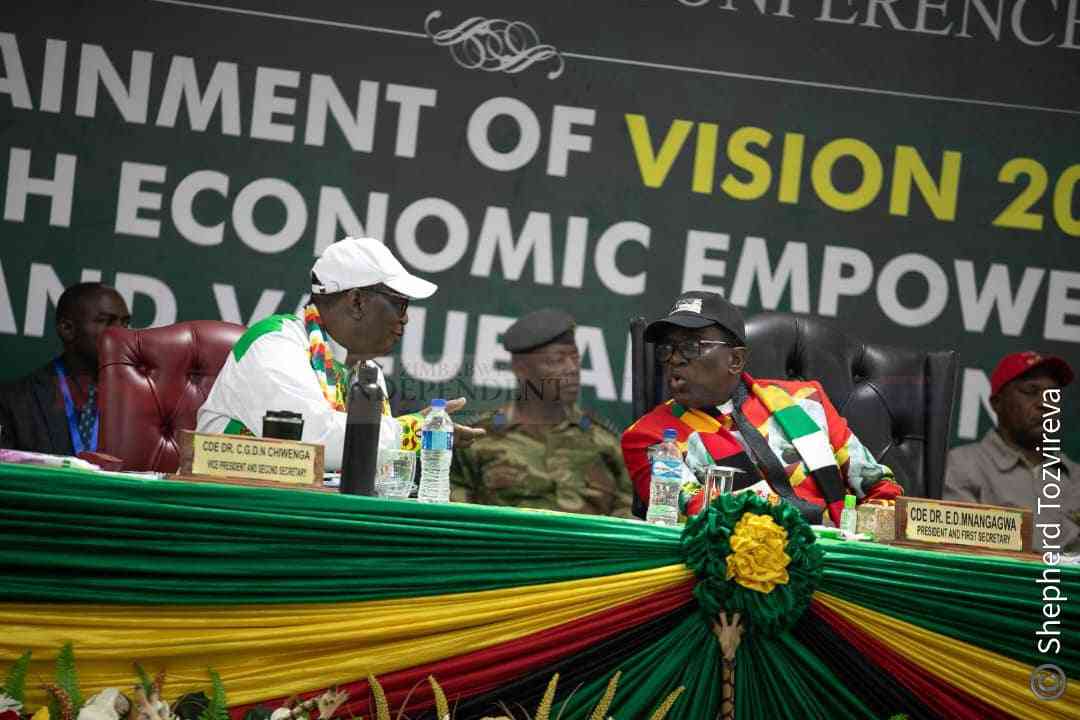
PLUSH vegetation consisting of indigenous and exotic flora, punctuates mountains as one meanders through a remote region of the mountainous Eastern Highlands.
Historically, September marks a transition of seasons from winter –when trees shed their leaves in most parts of Zimbabwe– to summer where the rains replenish the green beauty of mother nature.
However, the evergreen and picturesque woodlands of Chimanimani –a district in Manicaland province– where all sorts of farming thrive, veil the scars left behind by a natural catastrophe five years ago.
Stories are told of mudslides, waves of water that carried foreign boulders through the crevices and communities of Chimanimani, wiping out entire villages.
“When I think about what happened, I share with close community members to feel better, sometimes I sing a song or cry,” says Emily Giwa, who immediately labels her post-disaster trauma coping mechanisms “short-lived”.
Deemed one of the most destructive Indian Ocean cyclones on record, Cyclone Idai’s fierce currents washed away hundreds of households killing and maiming thousands while destroying property worth millions of dollars, on the night of March 14, 2019.
A Zimbabwe Rapid Impact and Needs Assessment (RINA) report conducted by the World Bank in partnership with the government estimated that over 344 people died, at least 257 went missing while 60 000 were displaced.
The RINA report estimated that there had been between US$542-616 million in damages or losses due to Cyclone Idai across nine districts in the eastern part of Zimbabwe.
- Travelling & touring: Moonlight viewing of The Falls
- New perspectives: New Covid uncertainties in Zim
- Coming soon: No vaccination, no pub entry
- Travelling & touring: Moonlight viewing of The Falls
Keep Reading
Figures on the same document show that to fully recover, across sectors including health, housing and agriculture, in a short to mid-term period of up to three years, the landlocked country needed about US$557 to US$767million.
“We lost our house and the furniture in it, we did not recover anything,” Giwa told NewsDay recently.
Having also lost two children, “the biggest loss incurred”, and all sources of income she says, “life will never be the same”.
In 2021, following the tragic experience, Giwa and her spouse were relocated to Runyararo –a new settlement constructed for internally displaced persons (IDPs) by government and donor partners.
Tucked some 6km from the Bumba shopping area that sits next to the Wengezi-Chimanimani highway, Runyararo is situated on a plateau.
“When we got into this (Cyclone Idai) crisis, we as the government searched for a place where we could build for our people to stay until we got to these two farms previously named The Flats and West-End,” says a Chimanimani-based Public Works official Elvis Ziyachecha.
“We asked the people to give the place a name they would want to use for this area then they chose Runyararo (which means peace).”
The government has used part of its coffers and money from donors to build 159 of the 258 houses intended for the decent accommodation for all at the settlement.
Considered geologically safe from a similar catastrophe by the Zimbabwe National Geospatial and Space Agency, reality at the site, however, spells the opposite as community members struggle with life sustenance.
The gray-brick houses at the settlement are not only empty, owing to lost belongings, but trigger an intense feeling of indigence. The IDPs are struggling to secure the next meal.
“The first challenge we faced is that the place was a bush and rocky, making construction very hard at first but with the government’s expertise and public works team we started building,” says Ziyachecha, adding:
“We also encountered water challenges because this area is on a plateau so there is not much water thus we started drilling boreholes and some of them went dry.”
Failing to secure enough of the precious liquid, the villagers could not continue with their irrigation-dependent subsistence or commercial farming practices that initially sustained their livelihoods.
Having encountered a series of climate crises, including the COVID-19 pandemic, in the past five years since the cyclone, the IDPs find themselves in another precarious situation as a result of the current El Niño-induced drought.
“Nothing grows here, this is just a dryland area. The water is not enough and if we farm we are not assured of any crops,” says Giwa.
According to one of Giwa’s neighbors, Violet Mavhurana (39), life sustenance without local farming is untenable.
“At the moment, because of the hunger caused by the drought, our lives have become harder because we have to travel faraway distances to get some menial jobs so we can feed our families,” said the mother of two who travels to Chimanimani’s Ngangu centre –about an hour drive away.
“Even then, my income is not enough to pay for my children’s school fees and other needs.”
According to the Intergovernmental Science-Policy Platform on Biodiversity and Ecosystem Services (IPBES), a global body to strengthen conservation and sustainable development, sustainable livelihoods entail:
“The ability to cope with and respond to the stresses and shocks related to fluctuations in Nature's contribution to people…to achieve a desirable standard of living that befits them as humans and also approved by the measures of wellbeing and human development.”
Section 77 of Zimbabwe’s constitution dictates that every person has the right “to (a) safe, clean and potable water; and (b) sufficient food”. The same law mandates the State to use its resources to “achieve the progressive realisation of this right”.
At Runyararo, the law has ostensibly been negated as Cyclone Idai survivors are at pains to sustain their livelihoods while also picking up the pieces from their tragic experiences from half a decade ago.
“We have learnt a lot, it does not mean that as a government we were not prepared when we were hit, we were prepared to a certain extent and from the impact we have learnt that our communities should be trained in response skills,” says Acting Manicaland Provincial Director (Local Government Services and Administration), John Misi.
Misi insists that the government is significantly ready to deal with a similar calamity, a highly likely situation given the climatic trends of late, but the brazen uncertainty of life for Runyararo settlers so long after the horrific cyclone events contradicts his claim.
“We want to make Runyararo (and life there) as good as in the areas that they stayed in before,” says Misi.
Although hopeful, Giwa has doubts that these currently insufficient efforts, barely enough to keep her breathing, will help match her previous life:
“Life in Ngangu was better in comparison to this place but I do not want to go back there because of the memories it might bring,” she says.
“Waking up alive and getting something to eat are the most important things for us to focus on right now.”










